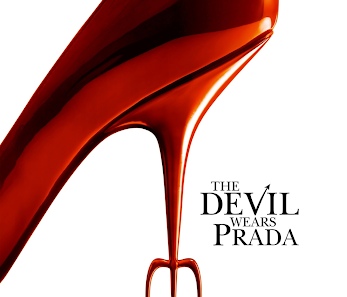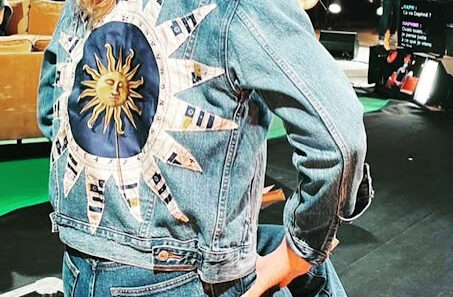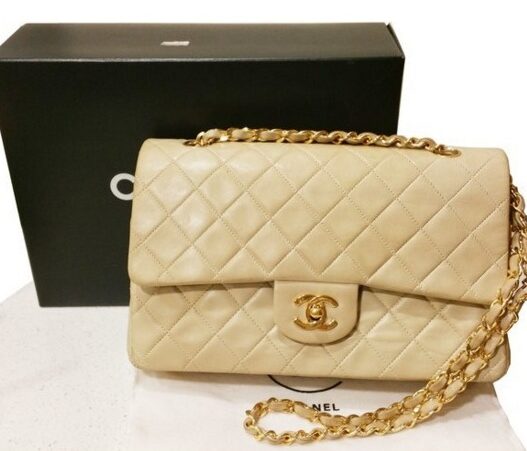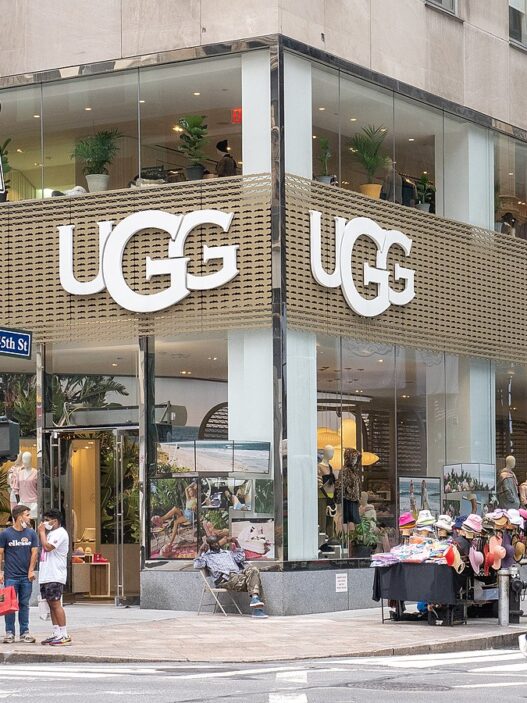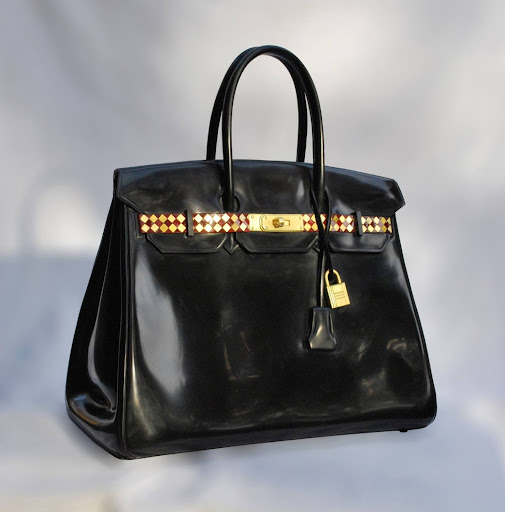In the luxury sportswear jungle, brand power is survival. And in September 2025, two apex predators circled the same territory.
The Australian Trade Marks Office (ATMO) has handed down a significant decision in Puma SE v Sunday Red LLC [2025] ATMO 197. The case concerned a dispute between two athletic brands over feline-inspired logos. The ATMO was asked to determine whether Tiger Woods’ golf and apparel brand, Sunday Red, could register its tiger device marks in Australia. Puma, whose leaping cat has symbolised athletic heritage for decades, opposed the registration, arguing that the mark is deceptive and likely to cause confusion under sections 44 and 60 of the Trade Marks Act 1995 (Cth).
This decision, delivered on 19 September 2025, dismissed Puma’s opposition in full.
Two Predators, One Jungle
Puma SE is one of the world’s most recognisable sportswear brands. It’s leaping cat has appeared on apparel, footwear and accessories in Australia since 1968. Sunday Red LLC, founded by Tiger Woods in collaboration with TaylorMade, is a newer entrant that focuses on Woods’ personal symbolism to merge golfwear with lifestyle design, while also referencing Woods’ tradition of wearing red on Sundays.
Sunday Red applied to register its tiger marks across multiple classes, including clothing, sporting equipment, and retail services. Puma opposed both trademark applications, asserting that the marks were deceptively similar to its own leaping cat logo, and that its reputation in Australia would cause confusion among customers.
The Arguments
Puma claimed that ordinary consumers would not notice subtle design differences, such as striping or movement direction. It argued that its long-standing reputation meant any feline mark used in sportswear would likely be associated with Puma.
Sunday Red countered that its tiger was fundamentally different. The design featured detailed stipes, a realistic posture, and a forward-facing posture orientation. Puma’s leaping cat was abstract, minimalist and angled in the opposite direction. Sunday Red maintained that these features created a clearly separate impression and that no confusion would arise among Australian consumers.
The Decision
The ATMO dismissed both grounds of Puma’s opposition. The Delegate found that the Sunday Red marks were not deceptively similar and that Puma’s reputation alone was insufficient to establish the likelihood of deception or confusion.
In evaluating deceptive similarity, the Delegate emphasised that the test concerns the overall impression of a mark in the mind of an ordinary consumer, not a side-by-side comparison. Viewed in that way, the Sunday Red tiger was easily distinguishable from the Puma’s cat. The striping and naturalistic features of Sunday Red created a clear impression of a tiger, while Puma’s logo conveyed a different type of wildcat.
The Delegate also noted that the opposite directions and postures of the animals reinforced this distinction. Sunday Red’s tiger faces right and conveys forward momentum, while Puma’s cat faces left in a more stylised, mid-leap pose. The visual, conceptual and stylistic differences outweighed any shared feline theme.
Under section 60, the Delegate accepted that Puma’s mark had a strong reputation in Australia, but found that reputation alone cannot justify opposition. There must be a causal link between reputation and the likelihood of confusion or deception. Here, differences between the marks were too significant for such a link to exist.
Ultimately, the ATMO held that an ordinary consumer with imperfect recollection would be able to distinguish between the two, even in a retail context.
Legal Significance
The case illustrates that what really matters in trademark disputes is distinctiveness. Even the most globally recognised brands can’t rely on reputation alone. Recognition may help, but it does not guarantee control over an entire design category, such as depictions of animals or movement.
For brand owners, the decision reinforces several key points:
- Distinctiveness is essential. Visual differentiation in style, orientation and composition will usually defeat a claim of deceptive similarity.
- Reputation has limits. Even world-famous marks cannot block registrations that convey a different conceptual idea.
- Consumer perception matters. Tribunals assess the perception of ordinary Australian consumers who are generally brand-aware and discerning, particularly in the fashion and sportswear sectors.
- Evidence must establish confusion. Assertions of similarity without market evidence or consumer perception data are unlikely to succeed.
The decision makes clear that heritage brands cannot rely solely on their reputation to protect their design space. They must show that consumers would perceive a link between the competing marks, not merely that the marks share similar visual elements.
Luxury, Performance, and the New Aesthetic Economy.
The Puma v Sunday Red decision also reflects a broader shift in the global fashion landscape. As performance and luxury continue to merge, brand identity has become a form of cultural currency. Puma represents traditional brand heritage built through decades of consistent design. Sunday Red represents the modern rise of athlete-entrepreneur brands, shaped by personality and narrative branding, which is built around Tiger Woods’ image and symbolism. This case shows that athlete-founded brands can still stand apart when their visual style and narrative are clear.
From a legal perspective, the ATMO’s reasoning shows a practical approach to design overlap. So as long as the overall impression differs, design similarity alone will not constitute infringement. Established brands must therefore avoid relying solely on reputation; they must focus on building and evidencing genuine confusion to prevent registration of a similar concept.
For designers, founders, and counsel, the takeaway is simple: originality remains the strongest protection. In a world full of visual storytelling, standing out matters more than being first.
Isabella Virgara




